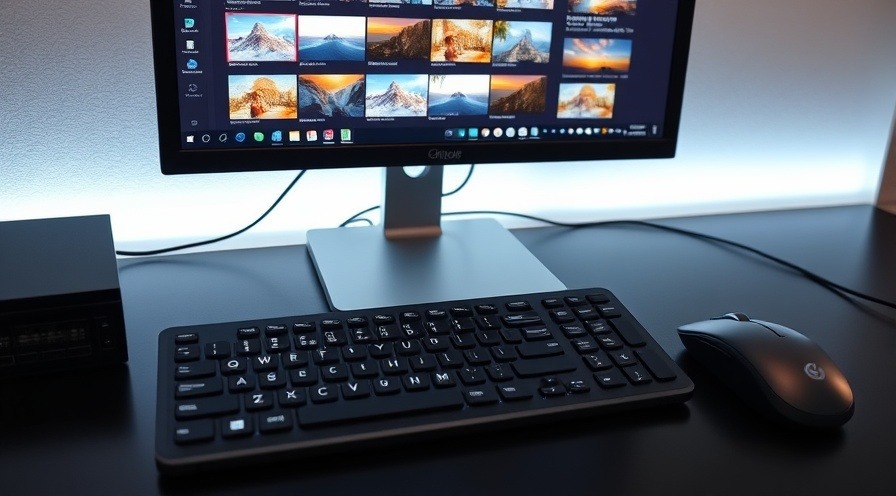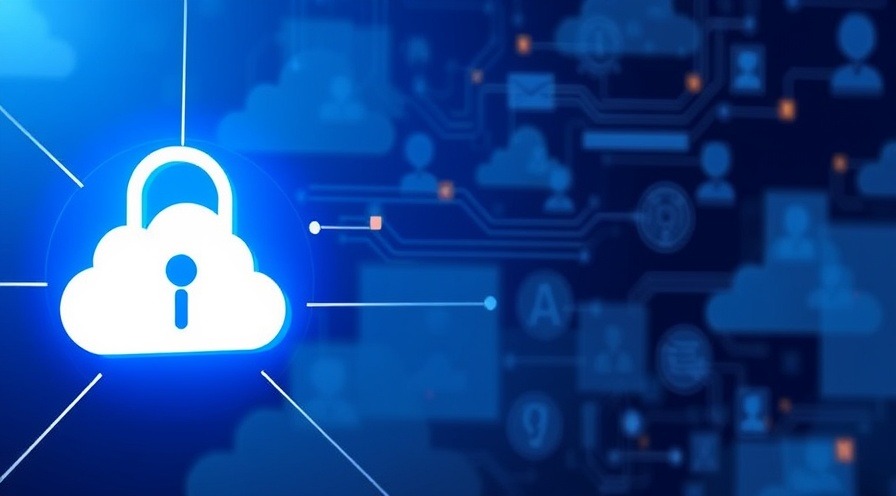
Forensics on the Wild Side: Mastering Linux and macOS Investigations 🐧🍏
Learn how to uncover digital evidence in Linux and macOS systems by mastering memory forensics, file system analysis, and volatile data acquisition using top open-source tools.
TL;DR 🔍
Windows doesn’t get to have all the fun. In this module, we’ll chase digital evidence through Linux and macOS—analyzing memory dumps, sleuthing through file systems, and exposing secrets buried in logs and hidden files. 🕵️♀️💽
Why Linux and macOS Forensics Matter
Cybercriminals love Linux for its stealth and customizability. macOS, on the other hand, is often wrongly assumed to be a “safe” operating system. (Spoiler alert: it’s not.) Whether it's a Raspberry Pi crypto-miner or a rogue macOS app, knowing how to investigate these systems is mission-critical.
Step 1: Identifying Volatile and Non-Volatile Data in Linux 🔥🧊
🔥 Volatile Linux Data:
You’ll want to snag this ASAP before the system shuts down:
RAM contents
Running processes (
ps,top)Network connections (
netstat,ss)Logged-in users (
who,w)Open files (
lsof)
Tool of choice:
🛠️ LiME (Linux Memory Extractor) – the go-to for memory dumps on Linux.
🧊 Non-Volatile Linux Data:
Stored on disk, and oh-so-valuable:
System logs (
/var/log)Bash history (
~/.bash_history)Cron jobs (
/etc/cron*)Installed software lists
File system artifacts

Step 2: File System Image Analysis with The Sleuth Kit 🕵️♂️🛠️
No, it’s not a magic wand—but it’s close. The Sleuth Kit (TSK) helps you examine disk images like a pro.
Key TSK Tools:
fls– lists files and directoriesils– inode informationistat– file metadatafsstat– file system details
Use Autopsy (TSK’s GUI) if you prefer point-and-click over type-and-pray. 😉
Insight: TSK works on ext3/ext4, HFS+, APFS, and more—great for analyzing both Linux and macOS file systems.
Step 3: Linux and macOS Memory Forensics 🧠
When RAM spills secrets, it does so in binary—so you need tools that speak fluent hex.
Tools to Use:
Volatility with
linux_*andmac_*pluginsLiMEorAVMLfor memory acquisition on LinuxMac Memory Reader for macOS (limited to pre-Catalina)
What to Look For:
Running malware or unauthorized binaries
Suspicious strings in memory
Open sockets and connections
Shell commands in history buffers
“Memory forensics is often the only way to analyze what’s happening in real time during an active compromise.”
📚 – Andrew Case, Volatility Developer
Step 4: macOS-Specific Forensics Concepts 🍎💼
Under the shiny UI, macOS runs on Unix. But it has its own quirks.
Unique Evidence Locations:
User logs:
~/Library/Logs,/var/logSystem logs:
Console.app, Unified Logging System (log show)Quarantine logs:
com.apple.quarantineApp data:
~/Library/Application Support/
Spotlight and Time Machine:
Spotlight: Keeps a metadata index of nearly all files.
Time Machine: Can recover deleted or overwritten data from backups.
Plist Files (Property Lists):
Store app configs, user settings, recent docs
Use tools like
PlistBuddyorXcodeto view/edit them
File System Reminder:
-
Newer macOS versions use APFS, which includes snapshots, encryption, and more metadata than a high school rumor mill.

Common Gotcha: Mounting APFS Images
APFS doesn’t play nice with older forensics tools. Use MacQuisition, BlackLight, or mount it with apfs-fuse on a Mac system. Don’t try to mount it on Windows unless you want to rage-quit your investigation.
TL;DR Recap 🎯
Linux and macOS forensics require specialized tools and knowledge of each OS’s inner workings.
Use LiME or AVML for memory dumps; analyze with Volatility.
Investigate file systems with The Sleuth Kit or Autopsy.
On macOS, examine logs, plists, and backups for juicy evidence.
Be ready to face file systems like APFS that are harder to crack than grandma’s Christmas cookies. 🍪🔐
Ready to Forensicate Even Harder?
Boom—you just leveled up with Linux and macOS forensic skills. 🧠💪 But don’t stop here. Keep a look out for our next guide, "Investigating Web Attacks: The Forensics Behind 404s and WTFs." Coming Soon!
🔍 Keep reading more real-world IT skills breakdowns and tutorials at IT Certification Jump.
Tags: Linux Forensics, Mac Forensics, Sleuth Kit, Memory Analysis, macOS Logs, Digital Evidence, EC-Council DFE, Computer Forensics, File System Imaging
 Add Row
Add Row  Add
Add 




Write A Comment